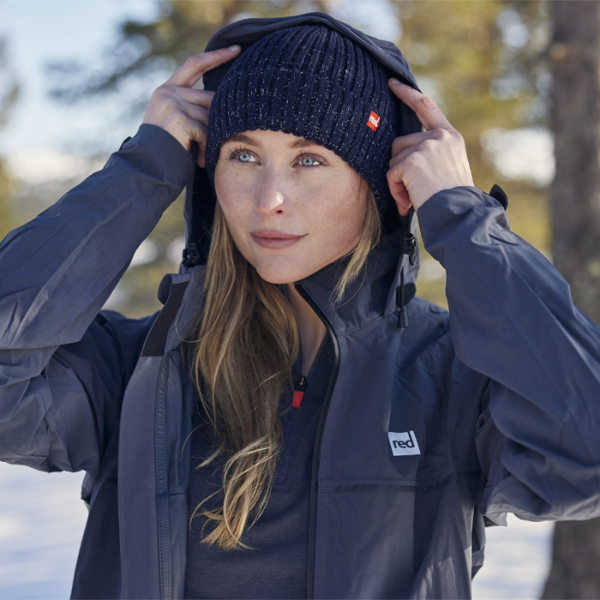
How To Layer Outdoor Clothing
Proper clothing can make all the difference between a comfortable adventure and a miserable one. Learn how to layer outdoor clothing with Red.


Written by Luke Green /
Paddle boarding on choppy seas can be a lot more challenging than SUPing in calm waters. So, before you head out on your next SUP adventure in the sea, make sure to remember the following paddle boarding safety tips:
Plan Your Paddle
Some of the most important paddle boarding safety tips involve preparation and planning. Where possible, you should always try to launch in an area where there is lifeguard cover, however when this isn’t possible, there are a few precautions you can take in order to keep yourself safe. Make sure your entry and exit points are clear and that there are no additional hazards, such as dangerous rocky areas. You should also take into account traffic from boats and other watercraft as this can present its own hazards, and increase choppiness on the water.
Check The Tides Before You Go
One of the most important paddle boarding safety tips for choppy seas is to check the weather forecast and tide times in detail before you go. You can check the tide times and weather forecasts using any number of available apps, and most phones these days provide at least some of these details as standard. Educate yourself on how to spot a rip current and if you’re ever in doubt about the conditions being too choppy or dangerous, don’t go out.
Double Check Your Equipment
Another essential paddle boarding safety tip is to ensure all your kit is in good condition before you leave home and before you launch onto the water. Make sure your inflatable SUP is pumped up to the recommended PSI and that your paddle is put together correctly. You’ll also need to ensure that you’re wearing the right clothing for the conditions. We would recommend wearing a wetsuit for paddle boarding in the sea. If you fall in, this will keep you warm whilst providing you with extra buoyancy.
Spend $200 more for free delivery
Your bag is currently empty.
Creating an account has many benefits: